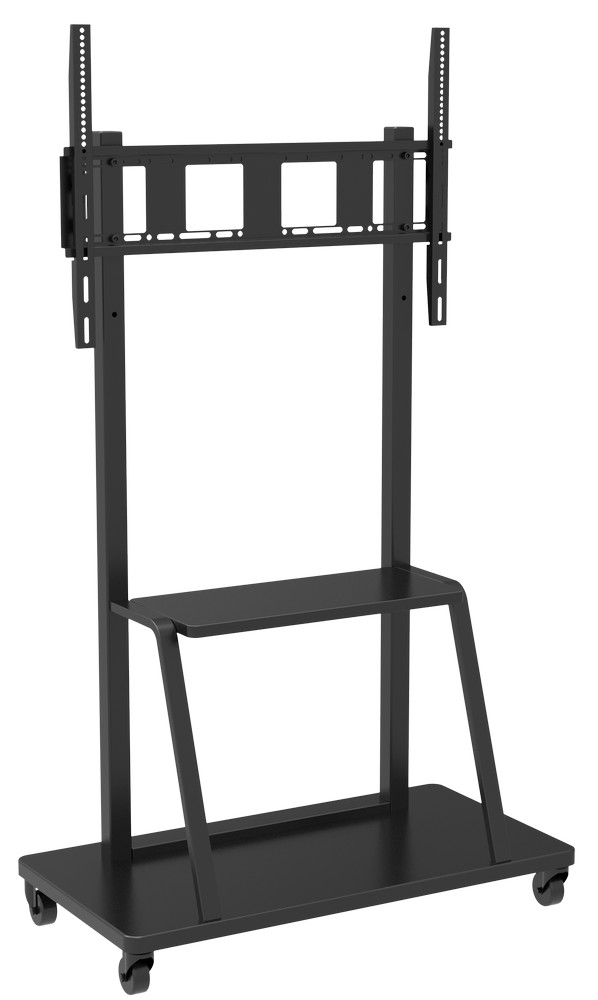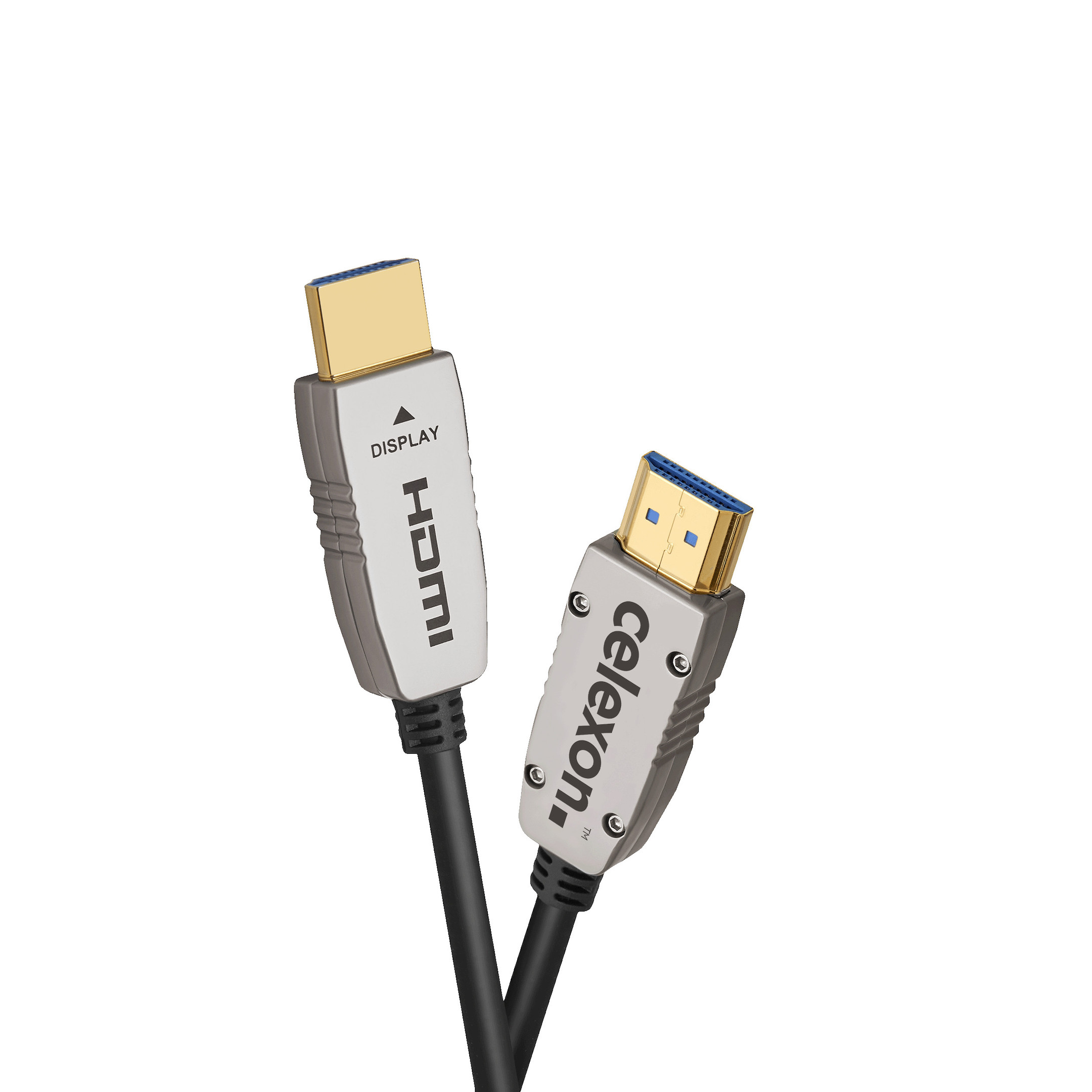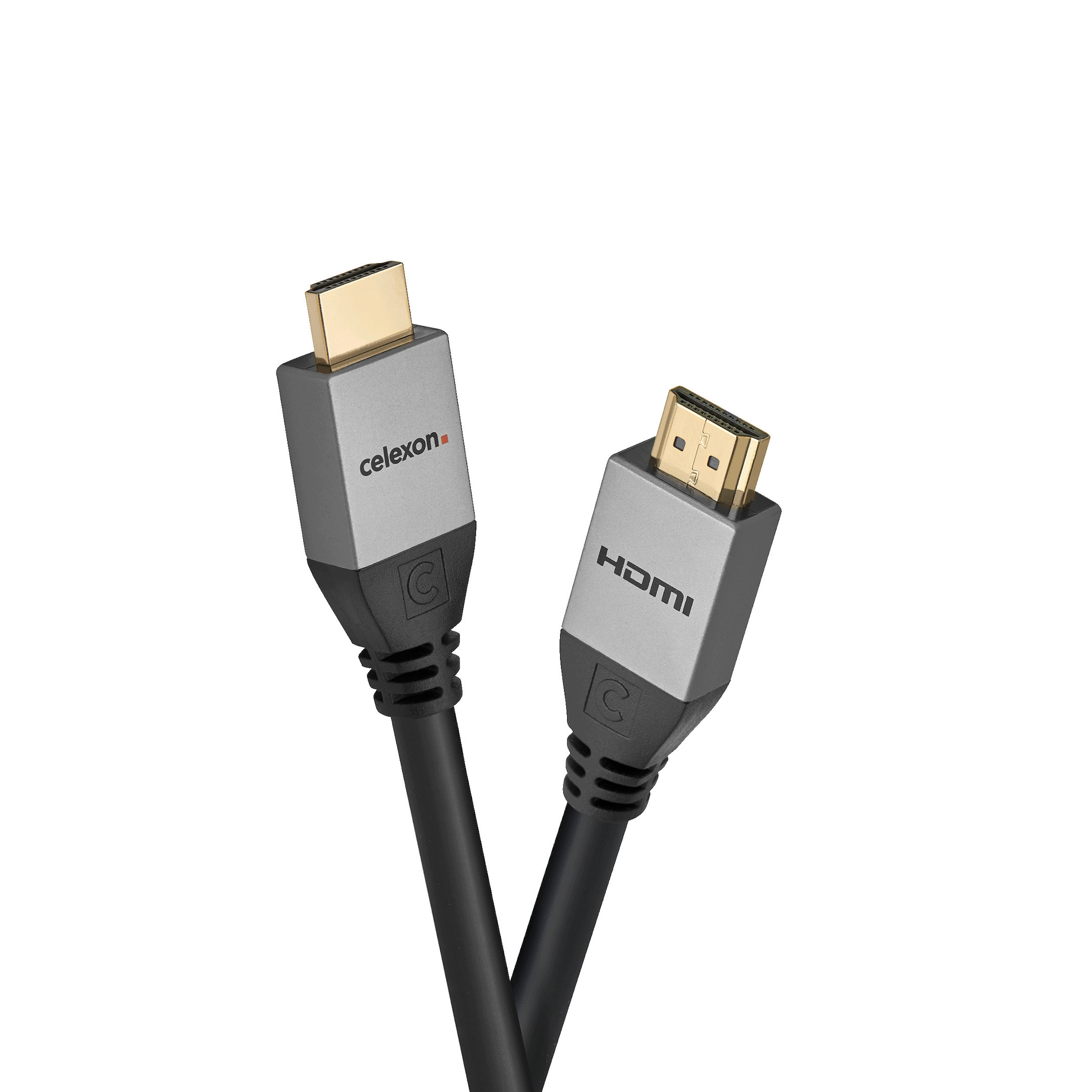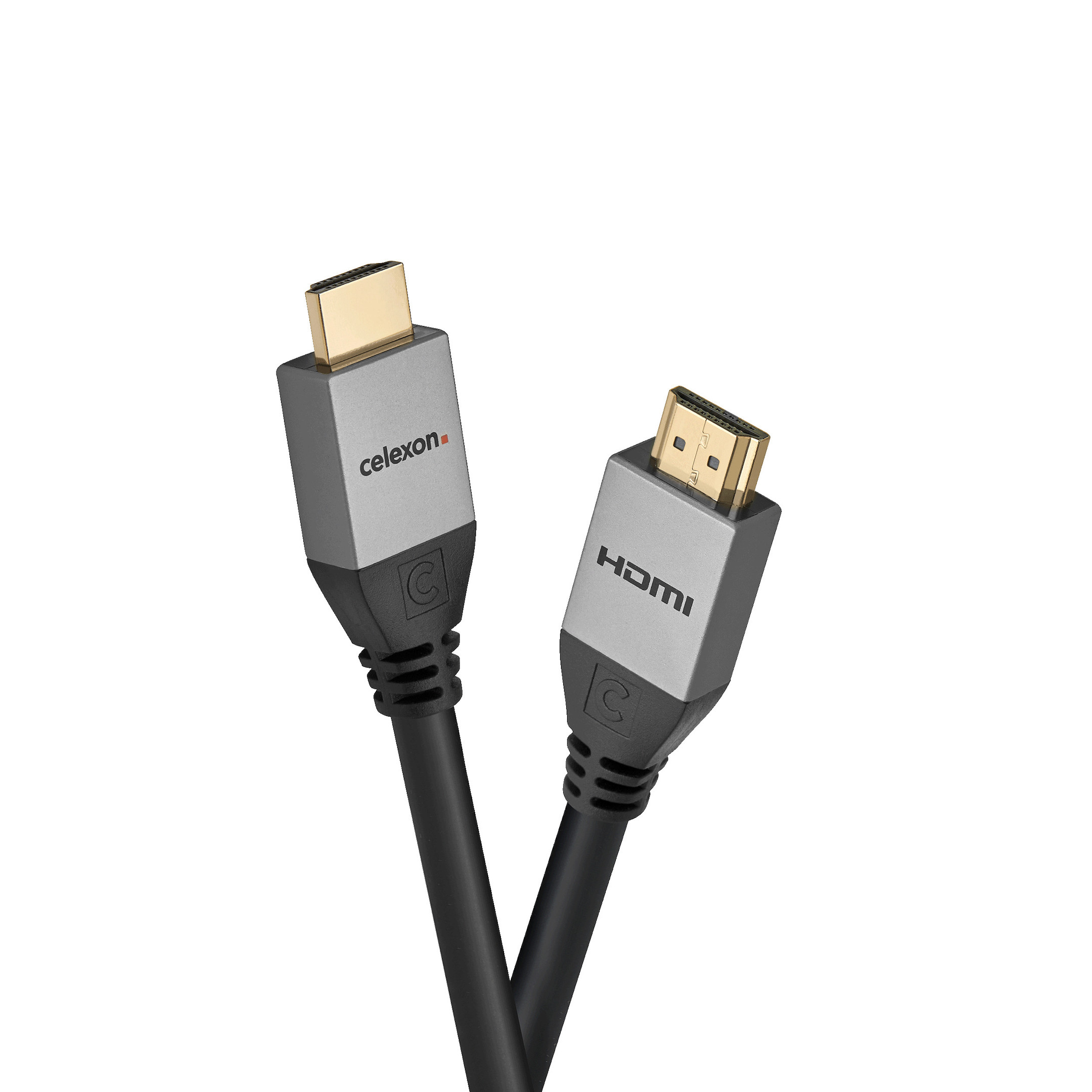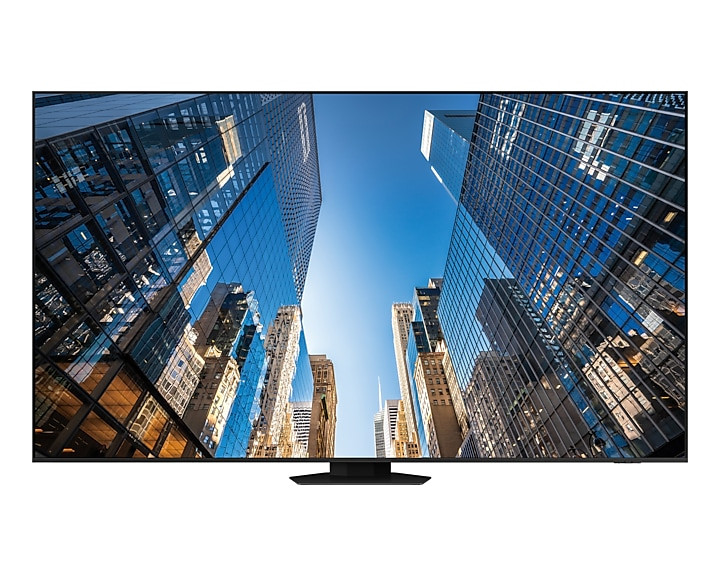















£2,863.63*
- Resolution 3840 x 2160 4K UHD
- Max. Brightness 450 cd/m²
- Panel type VA
- Contrast Ratio 5,000 :1


Frequently purchased together
Product information
Increase your business potential
Introducing the QE98C, a super-sized 98-inch LCD display that offers an impressive perspective thanks to Samsung's Quantum Processor 4K. Paired with a sleek design, the QE98C is ideal for a variety of business environments and enhances potential.
Create lasting moments with bold and vivid images
Super-sized screen
Discover the great viewing experience of the QE98C with an oversized display that captivates the viewer. The 98-inch display offers realistic images and vivid colours that make the content the focal point of any room.
Slim and timeless display with great impact
Slim design
The QE98C impresses with its stunning, minimalist design with a slim profile and elegant look. It blends harmoniously into any room and can be seamlessly mounted on the wall as if it were a piece of art.
See true-to-life shades of colour in powerful 4K
Quantum Processor 4K
Samsung's industry-leading video processing technology enhances any content for clarity and consistency. Intelligent UHD upscaling technology, powered by Samsung's Quantum Processor 4K, upscales lower resolution video to UHD levels for professional picture quality.
Technical data
| Name | Samsung QE98C 98" Display |
|---|---|
| Article number | 1000030034 |
| GTIN/EAN | 8806095352541 |
| Manufacturer SKU | LH98QECELGCXEN |
| Model name | QE98C |
| Brand | Samsung |
| Product Type | Non-Touch Display |
| Product Series | Samsung QE Series |
| Technology | LCD |
| Panel type | VA |
| Resolution | 3840 x 2160 4K UHD |
| Diagonal | 98" |
| Aspect Ratio | 16:9 |
| Viewing angle - Horizontal | 178° |
| Viewing angle - Vertical | 178° |
| Contrast Ratio | 5,000 :1 |
| Max. Brightness | 450 cd/m² |
| run-time | 16/7 |
| Response time | 8ms |
| Haze Level | 2% |
| Support - VESA | 600 x 400 |
| Frame width | 0 mm |
| Inputs | 1x Ethernet , 1x RS232 , 2x USB-A , 4x HDMI |
| Product width | 218.06 cm |
| Product height | 124.39 cm |
| Product depth | 4.84 cm |
| Weight | 56.3 kg |
| Colour | Black |
| EEK Spectrum | A to G |
| Delivery contents | Power cable |
| Condition | New |
| Warranty | 36 Month |
| Warranty type | Onsite Repair Service and support information |
Product safety
| Person responsible for the EU |
|---|
| Samsung Electronics GmbH |
| Am Kronberger Hang 6 |
| 65824 Schwalbach |
| Germany |
| sseg.comm@samsung.com |




